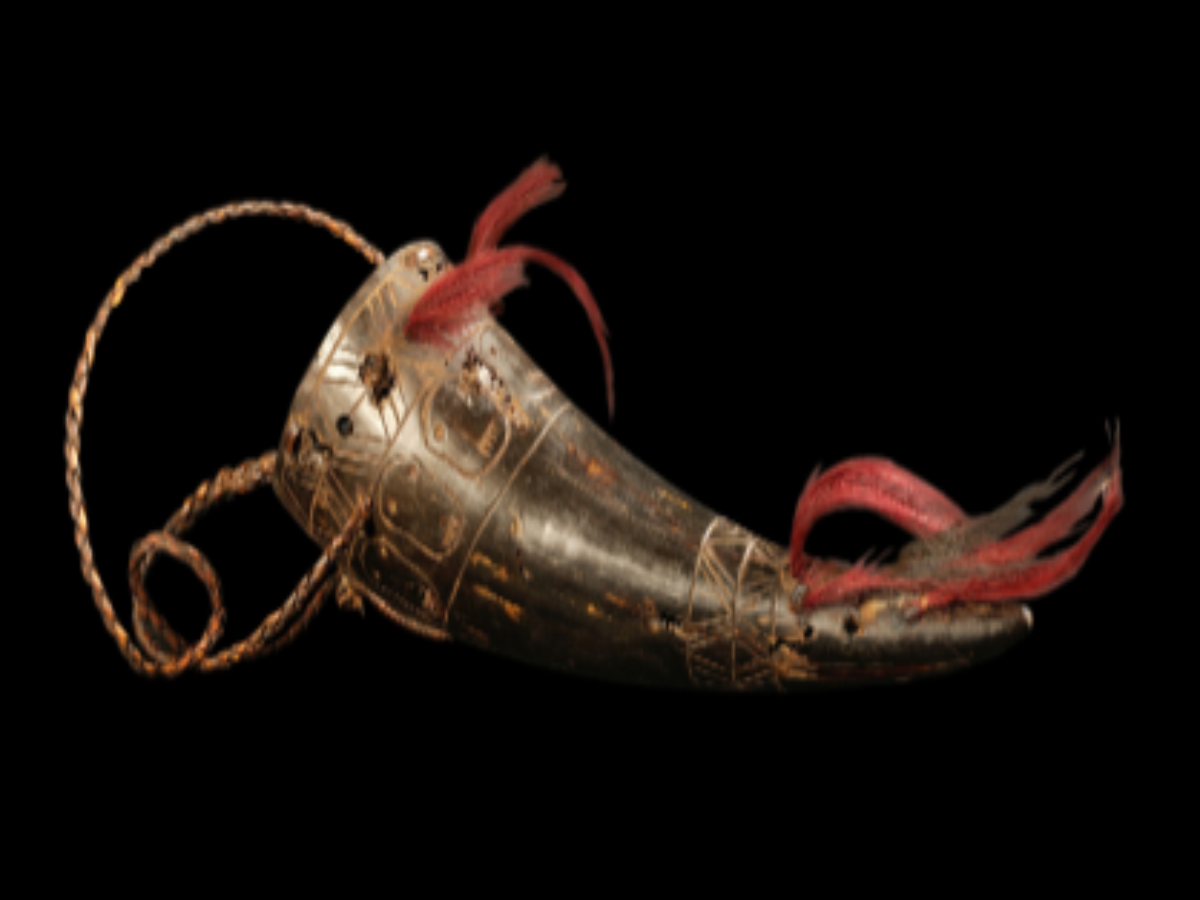State
Tribe Name
Art Type
short description
The Konyak Naga tribe deep of Nagaland makes this fabulous horn casket as a rich and determined tribute to tribal art and ecology. The Konyaks are known for their warriors and their respect for ancestors. They also are known for extensive use of bone, horn, wood, or cane objects for ceremonial as well as many practical uses. This all along carved horn casket of the Konyak Naga tribe from Nagaland is quite precious with regards to evaluation of the tribal art and ecology. The Konyaks are known for their traditions as warriors, their immense respect towards ancestors, and most of all, their unique and varied usage of bone, horn, wood and cane in using ceremonial and practical objects.
Thumbnail

Filter Postion
Left
Filter Background
Off
Theme
Filter Header Image

content
Image

description
The Konyak Naga tribe deep of Nagaland makes this fabulous horn casket as a rich and determined tribute to tribal art and ecology. The Konyaks are known for their warriors and their respect for ancestors. They also are known for extensive use of bone, horn, wood, or cane objects for ceremonial as well as many practical uses. This all along carved horn casket of the Konyak Naga tribe from Nagaland is quite precious with regards to evaluation of the tribal art and ecology. The Konyaks are known for their traditions as warriors, their immense respect towards ancestors, and most of all, their unique and varied usage of bone, horn, wood and cane in using ceremonial and practical objects.
The casket is black horn, engraved with nine human heads representing glory to the warrior, the spirits of the ancestors, or commemorative figures. In the Konyak context, human heads acquire meaning in a spiritual space-one that was much more endued by the implied rituals of headhunting-to show bravery and uphold masculinity. Three pairs of cane strips are tied crosswise at the mouth of the horn, presumably to close it. A long twisted cane string tied at its side serves as a handle that would allow the casket to be carried or hung when attending functions or rituals. The decorative aspect of the horn with dyed red hair is of utmost importance; this could imply ritual significance, spiritual potency, or status in the tribe. In all likelihood, this horn casket was used in conjunction with other sacred items-herbs, charms, or ritual offerings-combining aspects of spirituality, memory, and identity from the Konyak perspective. Illustrating the artistic skills of the tribe, this casket also reveals the spiritual experience of the Konyak ancestors and their traditional beliefs that remain prevalent today.
The casket is black horn, engraved with nine human heads representing glory to the warrior, the spirits of the ancestors, or commemorative figures. In the Konyak context, human heads acquire meaning in a spiritual space-one that was much more endued by the implied rituals of headhunting-to show bravery and uphold masculinity. Three pairs of cane strips are tied crosswise at the mouth of the horn, presumably to close it. A long twisted cane string tied at its side serves as a handle that would allow the casket to be carried or hung when attending functions or rituals. The decorative aspect of the horn with dyed red hair is of utmost importance; this could imply ritual significance, spiritual potency, or status in the tribe. In all likelihood, this horn casket was used in conjunction with other sacred items-herbs, charms, or ritual offerings-combining aspects of spirituality, memory, and identity from the Konyak perspective. Illustrating the artistic skills of the tribe, this casket also reveals the spiritual experience of the Konyak ancestors and their traditional beliefs that remain prevalent today.
Image Mode
landscape
promoted
On
Verified
Off
